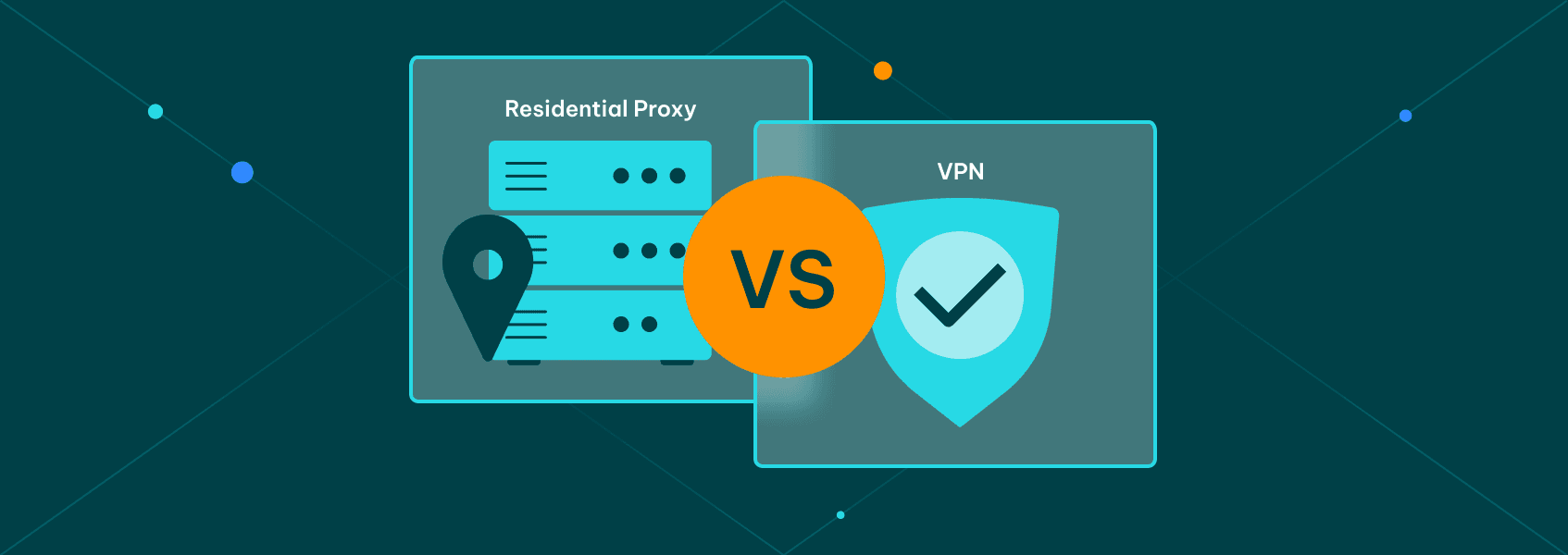Learning About cURL
Proxy fundamentals

Milena Popova
cURL is a command-line tool for transferring data on network protocols. It stands for client URL, and it is a tool to transfer data from or to a server. You can use the tool on most modern platforms. So, no matter what you’re using, even the simplest cURL commands can work for you. cURL offers many useful features like user authentication, proxy support , FTP upload, SSL connections, HTTP post, cookies, file transfer resume, and Metalink. It’s great for both simple and complex operations since it is scriptable and versatile.
Defining cURL
cURL was first released in 1997 by Daniel Stenberg, a Swedish developer who originally wanted to automate retrieving currency exchange rates for IRC users. Stenberg originally named the tool httpget, then urlget, before settling on its current name of cURL. Today cURL proxy comes default installed on all recent Windows, iOS, Android, and Linux operating systems. That’s billions of devices that all have access to this command-line tool. cURL can support more than 40 programming languages and over 20 protocols such as TFTP, RTMP, RTMPS, GOPHER, SMB, HTTP, HTTPS, FILE, IMAP, IMAPS, DICT, LDAP, LDAPS, MQTT, TELNET, POP3, POP3S, FTP, FTPS, SCP, SFTP, SMTPS, SMTP, SMBS, and SMB.
Getting Started With cURL
Firstly, it’s worth checking to see if you already have it installed on your device. Once installed, you’ll be able to use it in a terminal or command prompt. Any OS X from the last few years often comes with cURL installed already. You can check by pulling up a terminal and typing in “curl –man”. This will pull up the manual or “man pages” as they’re colloquially known. You can use the same method on modern Windows versions in the command prompt. For Linux users, open your console, type “curl”, and then press Enter. If you have it, then the system will show something like “curl: try’ curl –help’ or ‘curl –manual’ for more information.” If you don’t already have it installed, it will display “curl command not found” instead.
How to Use cURL?
As stated above, cURL has a multitude of different supported protocols. By default, it will use an HTTP protocol if a user does not provide one. For example, if you typed in “curl sample.com”, then it would download curl the homepage of sample.com. Choosing a specific protocol is simply a matter of including the protocol name with the URL. Type in “curl ftp://sample.com” , and it will use the FTP protocol. cURL will also cycle through different protocols if the HTTP default isn’t working for whatever reason. At its most superficial level, cURL will follow the basic format of “curl [option] [url]”. Options will direct cURL to perform specific actions on the URL listed. The URL is the part that provides cURL the route to the server it should complete the action on. Depending on the option you use, you can list one URL, several URLs, or parts of a URL.
In Summary
cURL is a widely adopted and flexible tool. There’s no fancy UI getting in the way for basic commands - it’s simply a straightforward command-line tool. With its current popularity and ever-growing user base, it’s more important than ever to understand what cURL is and how it works.


